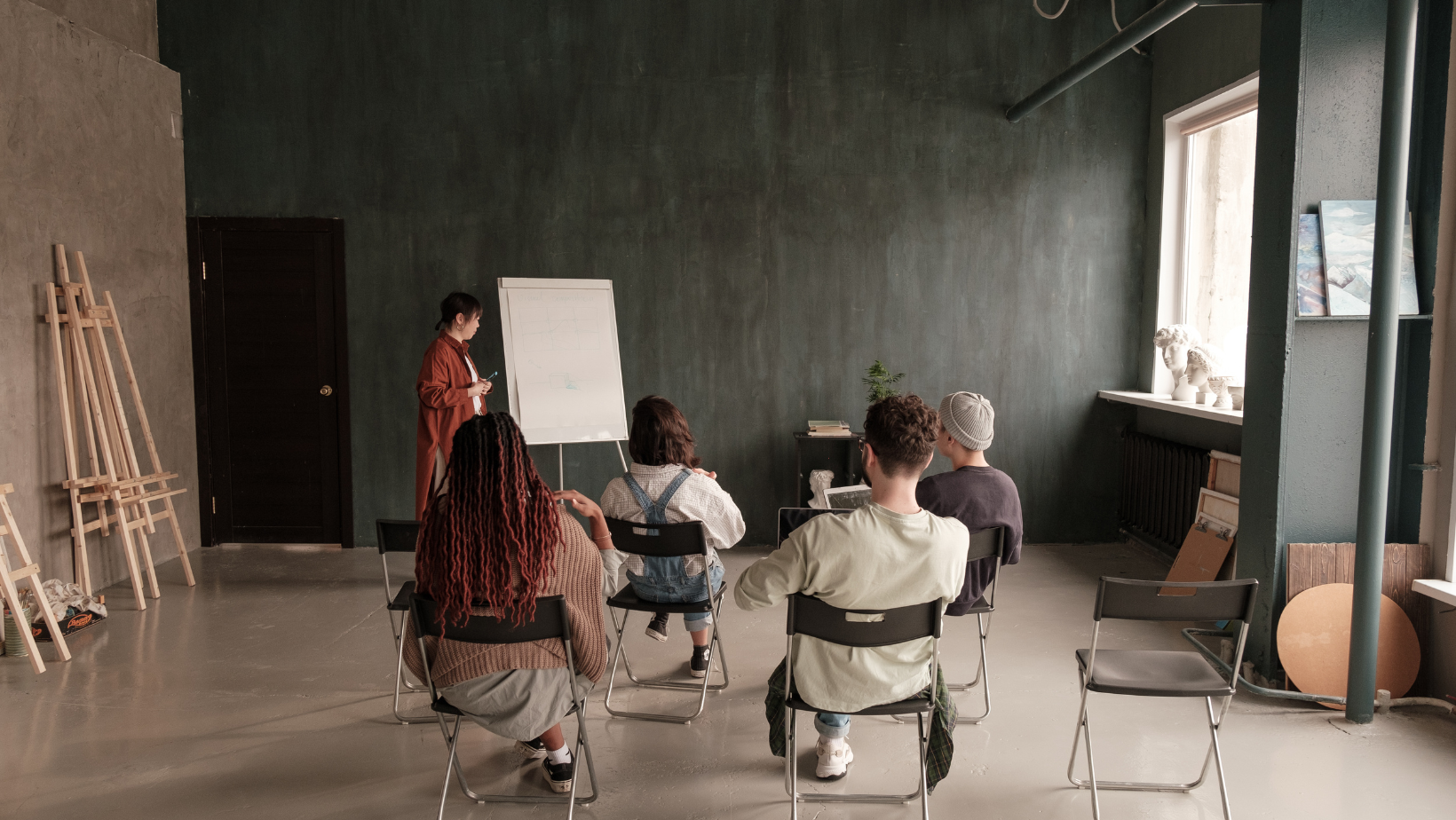In the vibrant world of digital art, Digital Art is a hot topic that’s stirring up quite a buzz. This intriguing blend of animation and imagery is revolutionizing how we perceive and interact with digital content, pushing the boundaries of creativity to new heights.
Whether you’re a seasoned artist, a tech enthusiast, or simply a curious reader, this article will guide you through the fascinating realm of Digital Art. We’ll delve into its core concepts, explore its applications, and highlight why it’s making waves in the digital art community. So sit back, relax, and prepare to embark on a captivating journey into the world of Digital Art.
Overview of the Digital Art
 This section delves deeper into the essence of Digital Art, for moving forward from concepts to realization, and the golden question, why it matters. Initial explorations of Digital Art showcased the scope of combining movement with visuals. Developers sought to create images that narrate a story—an intriguing blend of art and technology.
This section delves deeper into the essence of Digital Art, for moving forward from concepts to realization, and the golden question, why it matters. Initial explorations of Digital Art showcased the scope of combining movement with visuals. Developers sought to create images that narrate a story—an intriguing blend of art and technology.
Significant progress has occurred, with artists showcasing intricate designs and capturing emotions using the animado platform for creation. Examples include mesmerizing forest sceneries, lively cityscapes, and captivating character animations.
Concept to realization begins with an idea, moving through design development stages, to the final output—an animado image. Think of a painter sketching their vision, layering colors, and finally, infusing life into a static canvas. Translating this into digital art, technology weaves the magic, adding motion, depth and interactivity to these images.
Digital Art matters, as it lays the foundation for a new genre in the digital art industry. It’s redefined the boundaries of traditional art-forms, by incorporating interactivity and motion. Its significance also lies in enhancing user engagement—pictures no longer remain static, but invite viewers to interact, immerse and live the experience. Resultantly, it offers a fresh perspective for advertisers, creatives, and educators, opening varied avenues for communication and storytelling.
Exploring the Artistic Elements of Digital Art
 In its essence, Digital Art weaves story and emotion through design elements. It’s these components that captivate viewers and showcase the true power of this digital art form. Parenthood stands at the core of graphic design for Digital Art.
In its essence, Digital Art weaves story and emotion through design elements. It’s these components that captivate viewers and showcase the true power of this digital art form. Parenthood stands at the core of graphic design for Digital Art.
Each image blends organic and geometric shapes, contributing an aesthetic appeal that mounts curiosity. The exploration includes transforming primitive shapes, like circles, squares, and triangles, into intricate illustrations. Through this process, artists shape the narrative and propel interaction.
For instance, intricacy amplifies when simple lines evolve into a dynamic animation. To demonstrate, consider an image with geometric shapes gradually morphing into a cityscape. This evolution, brought to life by the artist’s vision, invites viewer interaction and engagement.
Colors and Textures
Embracing a vibrant palette, Digital Art employs striking colors and diverse textures to evoke emotion and depth. The use of bold, contrasting colors promotes visual interest and highlights key elements in the artwork. For example, artists may utilize complementary colors, such as blue and orange, to add intensity to their creations.
The Technical Aspects of Digital Art

It often leans towards the use of universal formats like JPEG and PNG. These formats allow for higher resolution images without compromising the quality. For instance, an image resolution of 1920×1080 pixels keeps the visual vibrant while ensuring that it loads seamlessly across multiple platforms.
Textures, on the other hand, add an additional layer of complexity to the art. Smooth gradients might shift into rough patterns, providing a tactile dimension to the visual experience. As an example, an artwork could depict a seascape, using grainy textures for the sand and smoother gradients for the water, enabling the viewer to almost ‘feel’ the image.
These elements – shape, color, line, and texture – intertwine to create Digital Art, a pioneering facet of digital art with a far-reaching impact.

